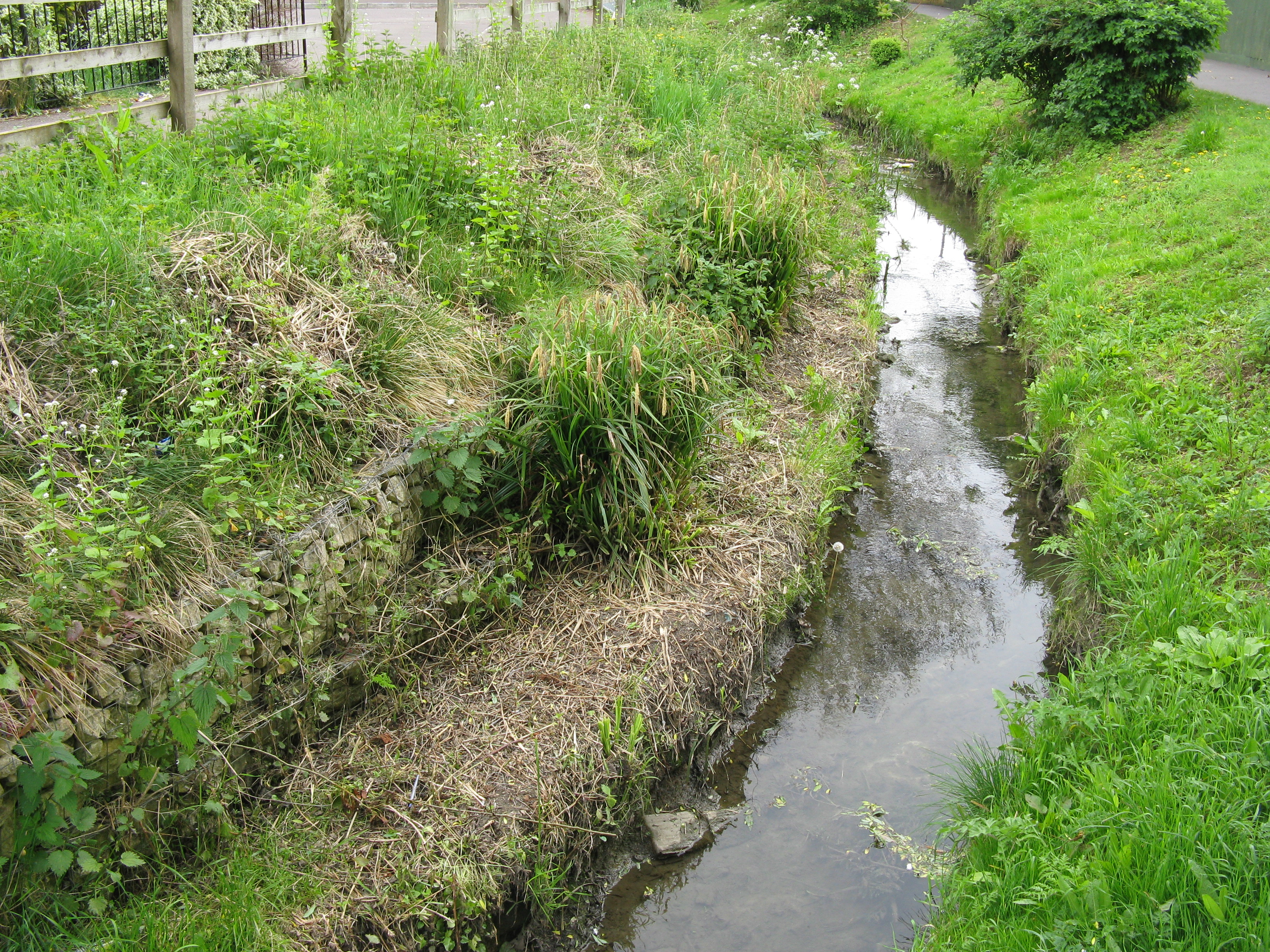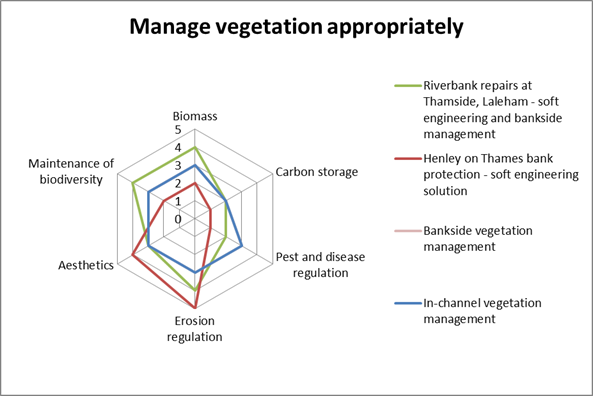
Plants that grow in or next to water provide valuable habitats for birds, mammals, fish and invertebrates. However, if left uncontrolled, vegetation growth can slow down flows and affect the way bodies work from an FCERM and land drainage perspective. Vegetation management is therefore frequently undertaken to ensure that water bodies drain effectively and do not increase flood risk. The aim of this activity is to ensure that vegetation is managed in an appropriate way to balance the needs of FCERM and land drainage without adversely affecting ecology.
Techniques
There are a range of techniques that can be used to implement this activity, depending upon the type and maintenance requirements of the water body in which it is going to be applied. These include:
- Change the frequency of maintenance activity so habitats have time to recover before they are disturbed again
- Limitmaintenance to one bank whilst retaining natural habitats on the opposite bank, this could alternate from bank to bank
- Hand-picking or selective cutting of in-channel and bankside vegetation
- Only cutting the centre of the channel and retaining bankside and marginal habitats
- Using herbicides (where appropriate) to control vegetation instead of cutting
- Installing coir rolls to encourage vegetation establishment that can be left alone (more sustainable technique)
Benefits
Maintenance activities which minimise the disturbance to bed and bank habitats can deliver a wide range of benefits, including:
- Direct ecosystem benefits associated with the retention of bed, bank and marginal habitats and the maintenance of biodiversity
- Natural erosion protection
- Aesthetic improvements to the watercourse, by providing a more natural look
- Increased habitat for fish species for spawning sites and juvenile shelter
- Benefits for any commercial fisheries in the watercourse, by providing natural habitats for fish and their prey
- Reduced cost of appropriate maintenance regime
Case Study Benefits
This diagram displays a comparison of benefits scores (using a high-level ecosystem service assessment methodology) associated with the techniques used in each case study. More details on the methodology can be found here.
(Please note: the 'Bankside vegetation management' case study scored the same as the 'In-channel vegetation management' case study so is not visible due to overlap of lines)